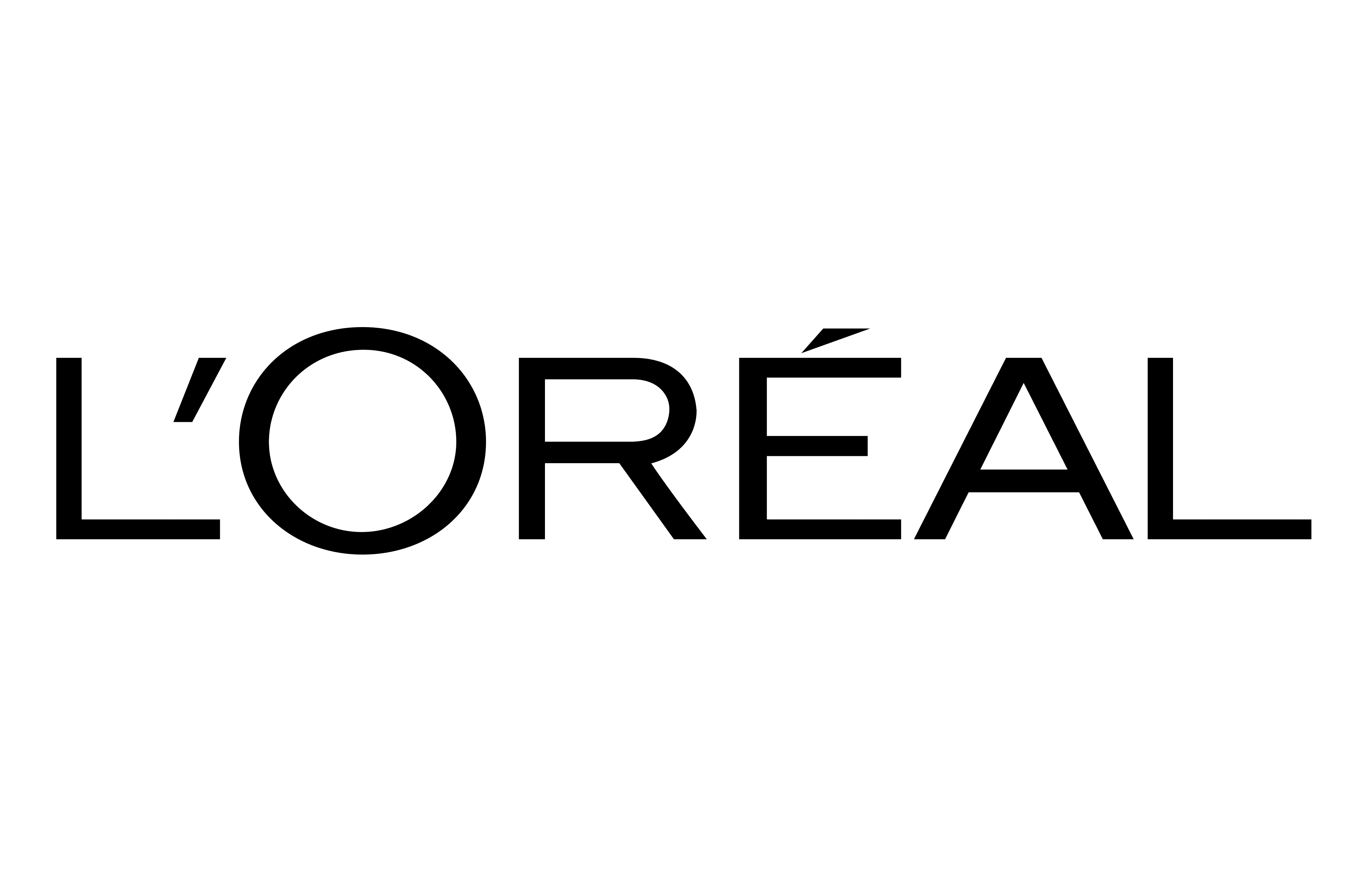Background
Production at L’Oréal’s Midrand manufacturing plant depends on the operation of two “skids”. A skid is an assembly of a group of modular pieces into a single unit. This includes mixing tanks, storage tanks and CIP systems among others. All tanks, pumps, valves, heat exchangers, instrumentation and controls are factory-assembled and tested prior to shipment.
Simply put, a skid is an entire “process system in a box.” It arrives at the processing facility ready to be plugged into the power and utilities with little on-site construction required. There is very little production downtime and unforeseen start-up delays can be discovered and corrected before the equipment ever leaves the manufacturing facility.
Prior to this project, each skid had software and hardware. There were different standards for each skid, the software was past its end-of-life cycle, the hardware was obsolete and overloaded and there was no disaster-recovery plan.
So the project goals focused on mitigating the risk posed by unsupported legacy systems, modernising and streamlining the manufacturing process and consolidating the various server platforms required for production.
Implementation
For L’Oréal, the way forward consisted of selecting an AVEVA systems integrator and implementing some important upgrade initiatives. The chosen system integrator was Control Systems Integration (CSI) and the upgrade initiatives included:
Assigning dedicated server roles after a strategic decision was made to implement virtual servers. Virtualisation was acknowledged to reduce infrastructure costs while increasing maintainability and flexibility.
L’Oréal already had an investment in Wonderware (now AVEVA) solutions including InTouch, InControl, InBatch (including extensive training) and InSQL (old Historian) so it made sense to continue building on these assets.
“ArchestrA is a good integration platform and AVEVA System Platform enables future integration of other [IS³] solutions like MES,” says CSI System Engineer Rikus Wouda. “Also, ArchestrA and InBatch are proven technologies with a huge support base and InBatch (now AVEVA Batch Management), as well as simplifying the configuration of complex batch processes, integrates well with System Platform.”
InControl (a PC-based software version of a PLC), however, had been discontinued and one of the first tasks was to reverse-engineer its functionality in order to transfer the well-designed S88 standards to the new PLC.
The rest of the software was upgraded to their latest versions where AVEVA Batch Management was used for operations management and InTouch continued its role as HMI and supervisory controller. The ArchestrA-based System Platform was introduced as the integration layer while Historian and Information Server were used for information management.
“For the sake of better efficiency and control and the fact that operators can switch between manual control and [AVEVA Batch Management], we wanted to communicate with the PLC through one ArchestrA object,” says CSI Senior Systems Engineer Nkhensani Mbanyele. “So we configured a single master ArchestrA object that receives the [AVEVA Batch Management] model as well as inputs from InTouch and which then communicates these to the PLC.”
Conclusion
With this virtualisation project, L’Oréal was able to mitigate the risk associated with overloaded and obsolete hardware and by upgrading their MES/MOM and HMI capabilities to the latest technologies the company reduced the business risk associated with legacy systems that had exceeded their life cycles.
The result was better-informed personnel, improved system design and reliability as well as reduced hardware support effort and cost through virtualisation of the manufacturing servers.
Benefits
- AVEVA Batch Management simplifies recipe management and batch tracking
- The end-user can maintain the recipe database without outside help
- Built-in version control
- More consistent quality and batch duration
- Improved availability, reliability and sustainability of the process environment thanks to hardware independence
- System integrators can replicate the production environment easily for development and testing purposes
- Streamlined disaster recovery process means that there is now minimal downtime


